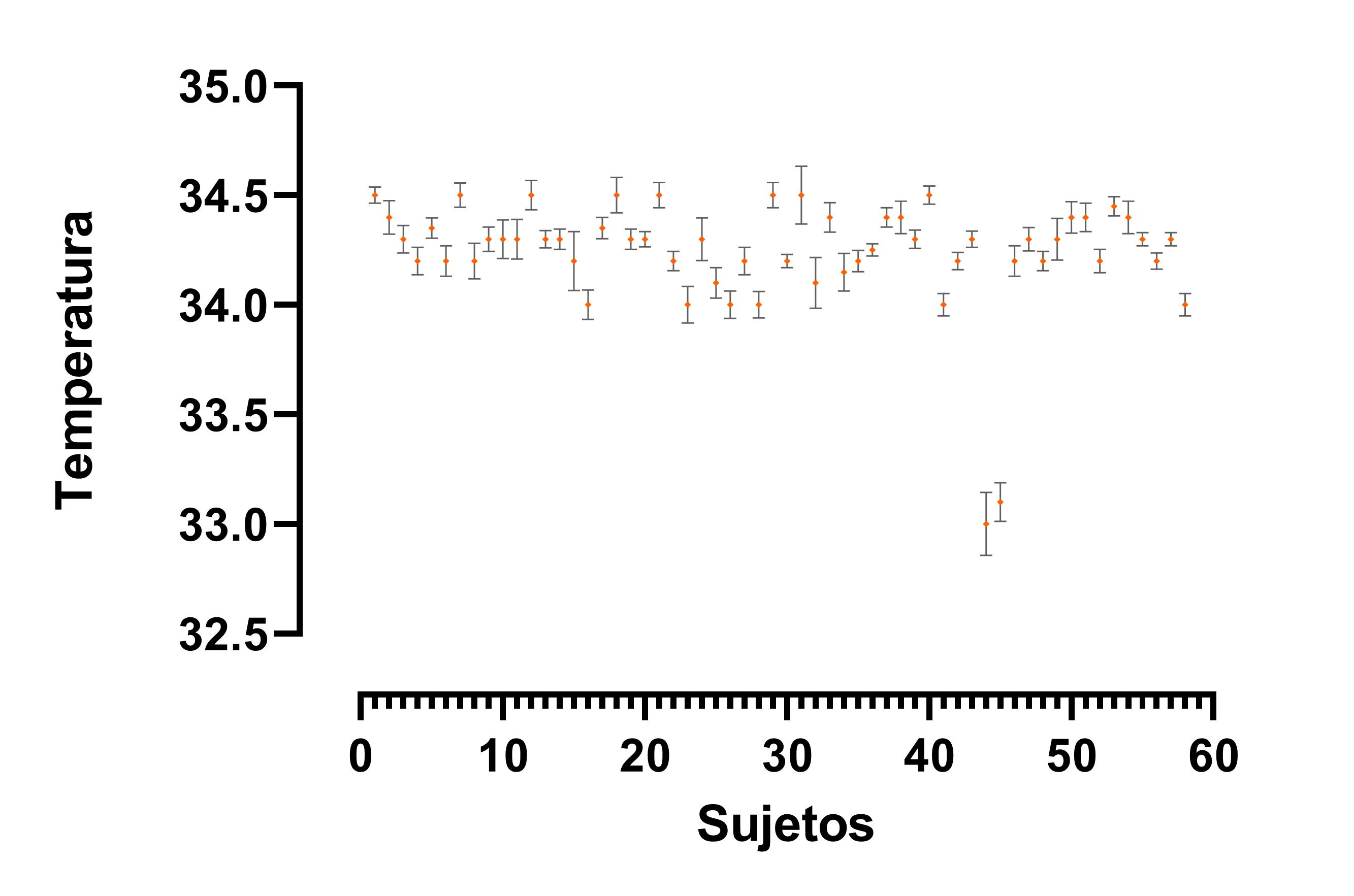Adverse events of therapeutic hypothermia in newborns with hypoxic-ischemic encephalopathy in a neonatal intensive care unit
Main Article Content
Abstract
Background: Hypoxic-ischemic encephalopathy (HIE) is the most severe clinical neurological expression after a sentinel event that has led to perinatal asphyxia. The management of this entity is treated with neuroprotection techniques, such as therapeutic hypothermia (HT), which is not exempt from adverse events (AE). These AEs are a permanent concern for neonatal patient safety programs. We seek to characterize neonates with HIE, and AEs present during HT in a neonatal intensive care unit (NICU). Methods: a descriptive observational study of neonates with HIE who underwent HT in a NICU between 2011 and 2015. Results: 58 neonates were included. Maternal age was an average of 25 years (range 21 to 33), with an average gestational age of 38 (range 37 to 39) weeks; their most frequent comorbidities were hypertensive disorders and gestational diabetes. The most frequent maternal-perinatal comorbidities were prolonged expulsion, meconium aspiration, and placenta and umbilical cord complications. During the 72 hours of HT, the most frequent AEs presented were bradycardia, seizures, hemorrhages, skin lesions, and hematological alterations. Conclusions: AEs were identified as hemorrhages, skin lesions, thrombocytopenia, prolonged coagulation times, and extreme hypothermia. Bradycardia was considered an incident. Clinical seizures after the initiation of HT cannot be attributed without better clinical characterization. The frequency of the events described was like the literature. HT as a neuroprotective treatment requires education and training of primary care and NICU staff in neonatal transport, especially in their effects of therapeutic hypothermia, extreme hypothermia, hyperthermia, and their management.
Downloads
Article Details

This work is licensed under a Creative Commons Attribution-NonCommercial-NoDerivatives 4.0 International License.
Creative Commons
License Attribution-NonCommercial-ShareAlike 4.0 International (CC BY-NC-SA 4.0)
You are free to:
Share - copy and redistribute the material in any medium or format.
Adapt - remix, transform, and build upon the material The licensor cannot revoke these freedoms as long as you follow the license terms.
• Attribution — You must give appropriate credit, provide a link to the license, and indicate if changes were made. You may do so in any reasonable manner, but not in any way that suggests the licensor endorses you or your use.
• NonCommercial — You may not use the material for commercial purposes.
• ShareAlike — If you remix, transform, or build upon the material, you must distribute your contributions under the same license as the original.
• No additional restrictions — You may not apply legal terms or technological measures that legally restrict others from doing anything the license permits.
References
García-Alix A, Jiménez JQ. Asfixia intraparto y encefalopatía hipóxico-isquémica. Junta Directiva de la Asociación Española de Pediatría [Internet]. 2002 [cited 2016 Feb 16];43. Available from: http://www.laenfermeria.es/apuntes/otros/materno_infantil/neonatologia.pdf#page=40





